William Blake songs of Innocence and Experience
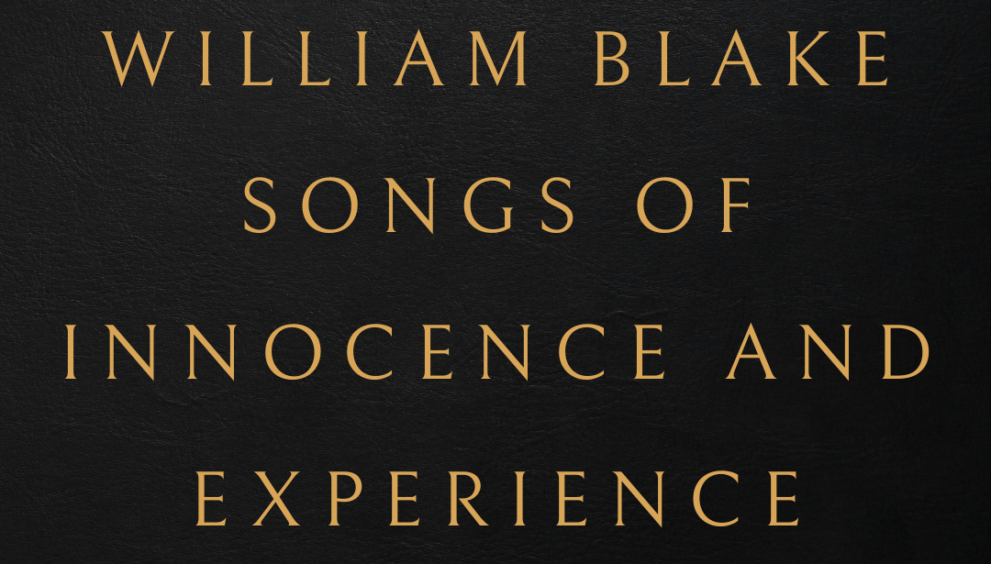
William Blake, a visionary poet and artist of the Romantic era, crafted a poetic masterpiece known as “Songs of Innocence and Experience.” Published in two separate volumes, this collection explores the contrasting realms of innocence and experience, offering a profound insight into the complexities of human existence. Additionally, through rich symbolism, vivid imagery, and lyrical verse, Blake delves into the dualities of life, presenting a poignant commentary on societal norms, morality, and the inherent struggle between opposing forces. Furthermore, the use of these literary devices allows readers to navigate the intricate tapestry of Blake’s work, uncovering layers of meaning and connection between the two contrasting worlds he skillfully depicts.
Innocence Unveiled:
The section titled “Songs of Innocence” reveals a realm defined by purity, free from the harsh complexities of adult existence. Blake captures the essence of childhood innocence, portraying a utopian vision where nature, imagination, and spirituality intertwine harmoniously. Meanwhile, in “The Lamb,” Blake personifies innocence through the symbolism of a lamb, an emblem of gentleness and vulnerability. The poem reflects on the divine nature of creation, illustrating the simplicity and beauty found in the unspoiled world of innocence.
Thus, the above quote exemplifies Blake’s exploration of innocence. Accentuating the questioning and childlike curiosity that defined this realm. Furthermore, the rhetorical question invites readers to contemplate the origins of innocence and the inherent goodness of creation.
Experience Unmasked:
Eventually, in stark contrast, the “Songs of Experience” confront the harsh realities of life and the corruption that accompanies the loss of innocence. Blake, in “The Tyger,” delves into the darker side of existence, questioning the creation of a powerful and fearsome creature. Meanwhile, the Tyger becomes a symbol of the destructive forces present in the world of experience, where innocence is overshadowed by the complexities of morality and the existence of evil.
The quote encapsulates the essence of experience, portraying the Tyger as a formidable force that challenges notions of divine benevolence. As a result, the burning brightness and fearful symmetry evoke a sense of awe and terror, representing the coexistence of beauty and brutality in the world of experience.
Contrasting Perspectives:
One of Blake’s distinctive features is his ability to present dual perspectives on shared themes. The poem “The Chimney Sweeper” appears in both “Songs of Innocence” and “Songs of Experience,” offering a poignant examination of child labour and societal injustice. In the innocent version, the chimney sweeper finds solace in his faith, viewing his hardships as a means to reach heaven. However, the experienced version exposes the grim reality of exploitation, highlighting the corrupting influence of societal structures on the vulnerable.
The juxtaposition of these two perspectives illuminates Blake’s critique of the social and religious institutions that perpetuate injustice. Furthermore, the chimney sweeper’s happiness is a façade, revealing the insidious nature of a system that exploits the innocence of the young for economic gain.
Conclusion:
To sum up, in “Songs of Innocence and Experience,” William Blake intricately weaves a tapestry of contrasting worlds, offering profound insights into the human condition. Through symbolic language and poignant verses, Blake invites readers to explore the realms of innocence and experience. In doing so, he skillfully confronts the complexities of existence.
Overall, the dual nature of William Blake’s “Songs of Innocence and Experience” serves as a timeless commentary on the eternal struggle between purity and corruption. Moreover, it encapsulates a thought-provoking reflection on the enduring facets of the human soul. It provides a thought-provoking reflection on the enduring facets of the human soul.
References:
-
Blake, William. “Songs of Innocence and Experience.” Oxford University Press, 1970.
-
Paley, Morton D. “William Blake.” Oxford University Press, 1978.
-
Raine, Kathleen. “William Blake.” Thames & Hudson, 1970.
-
Blake, William. “Songs of Innocence and Experience.” 1789, 1794.


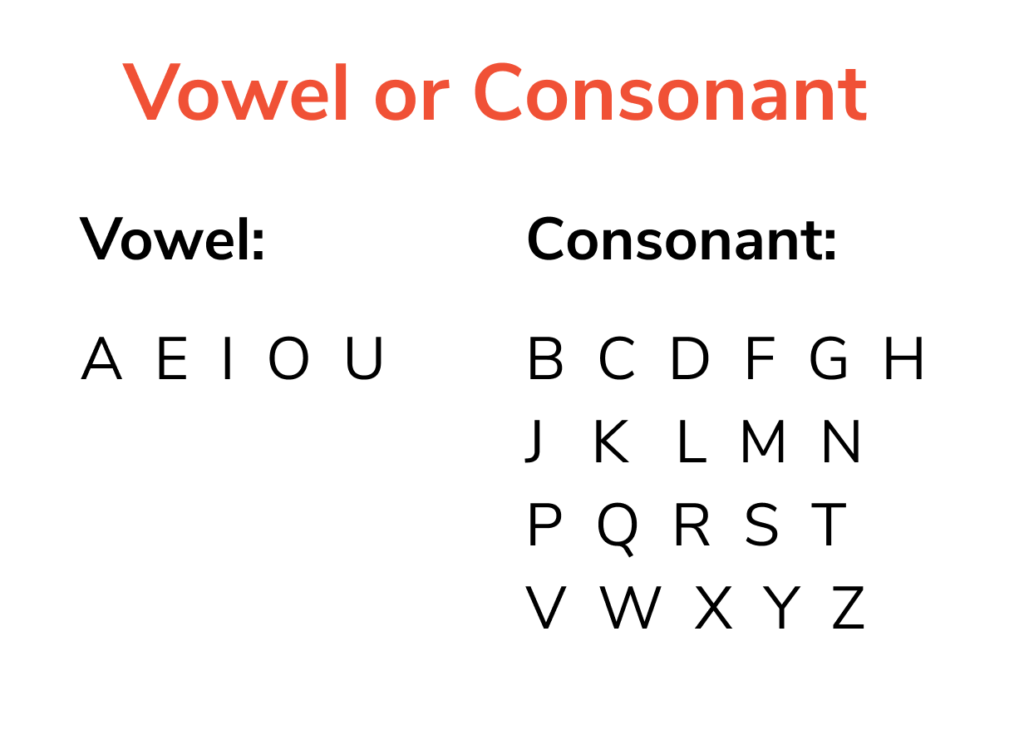
































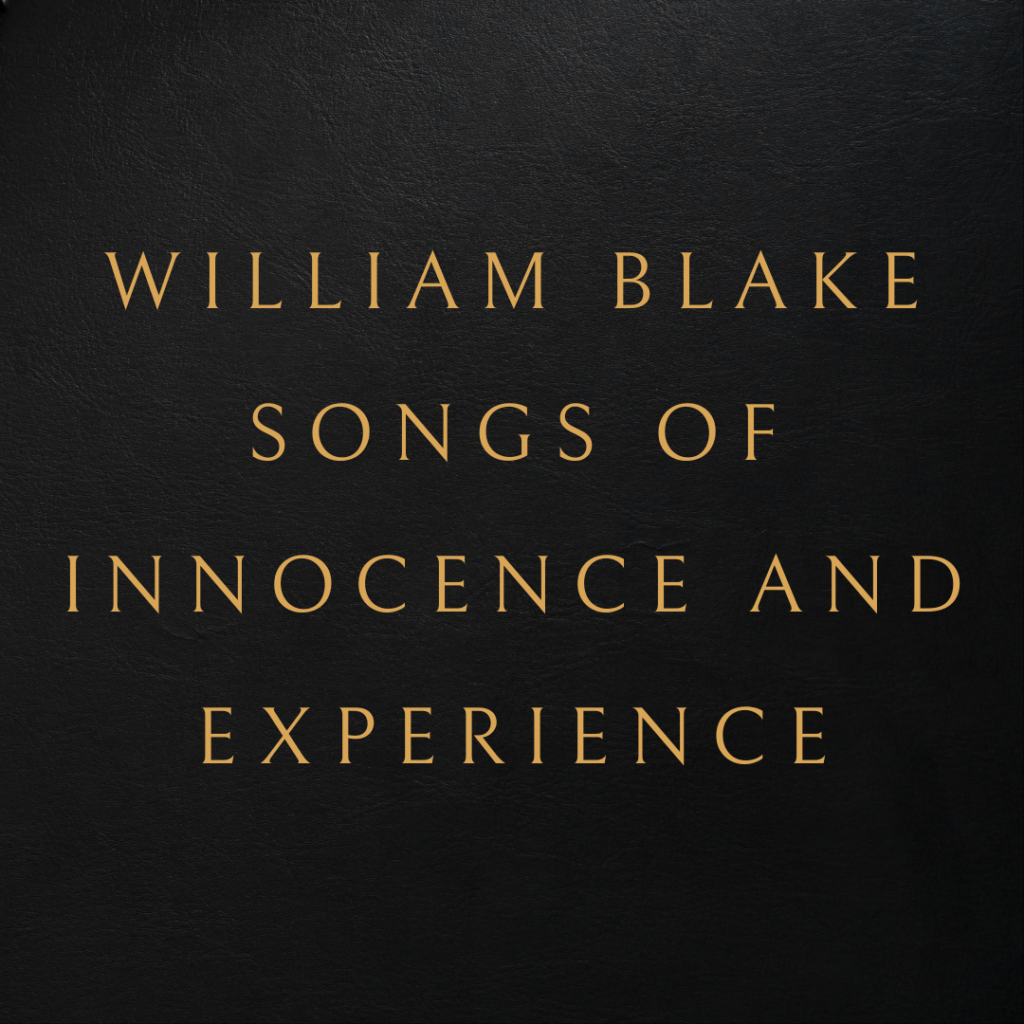







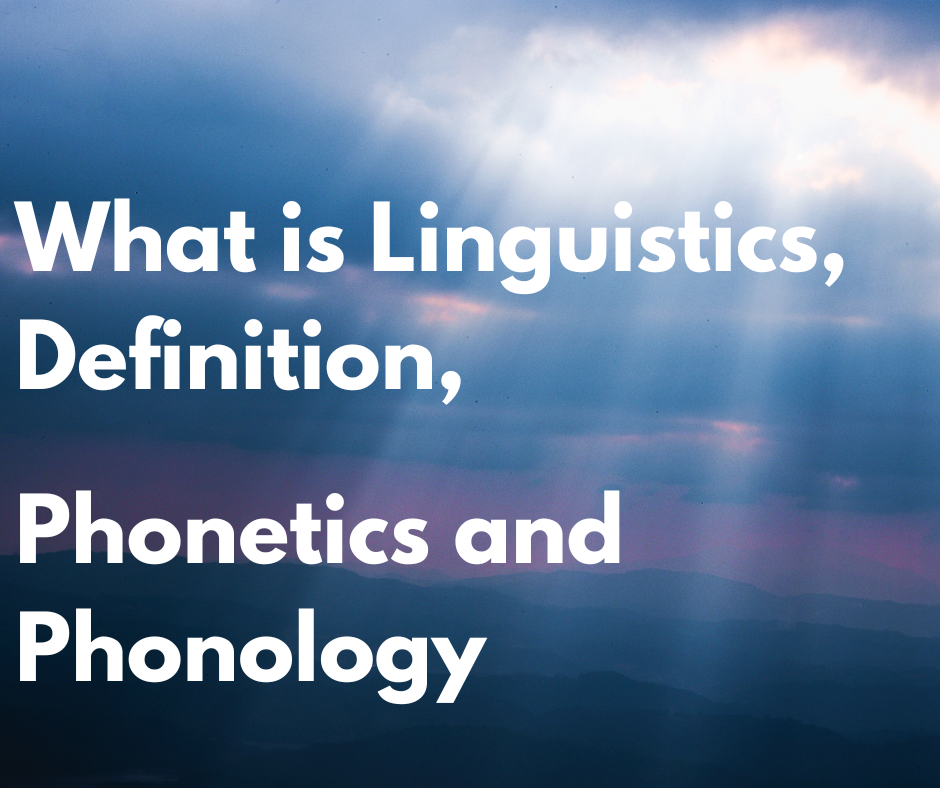


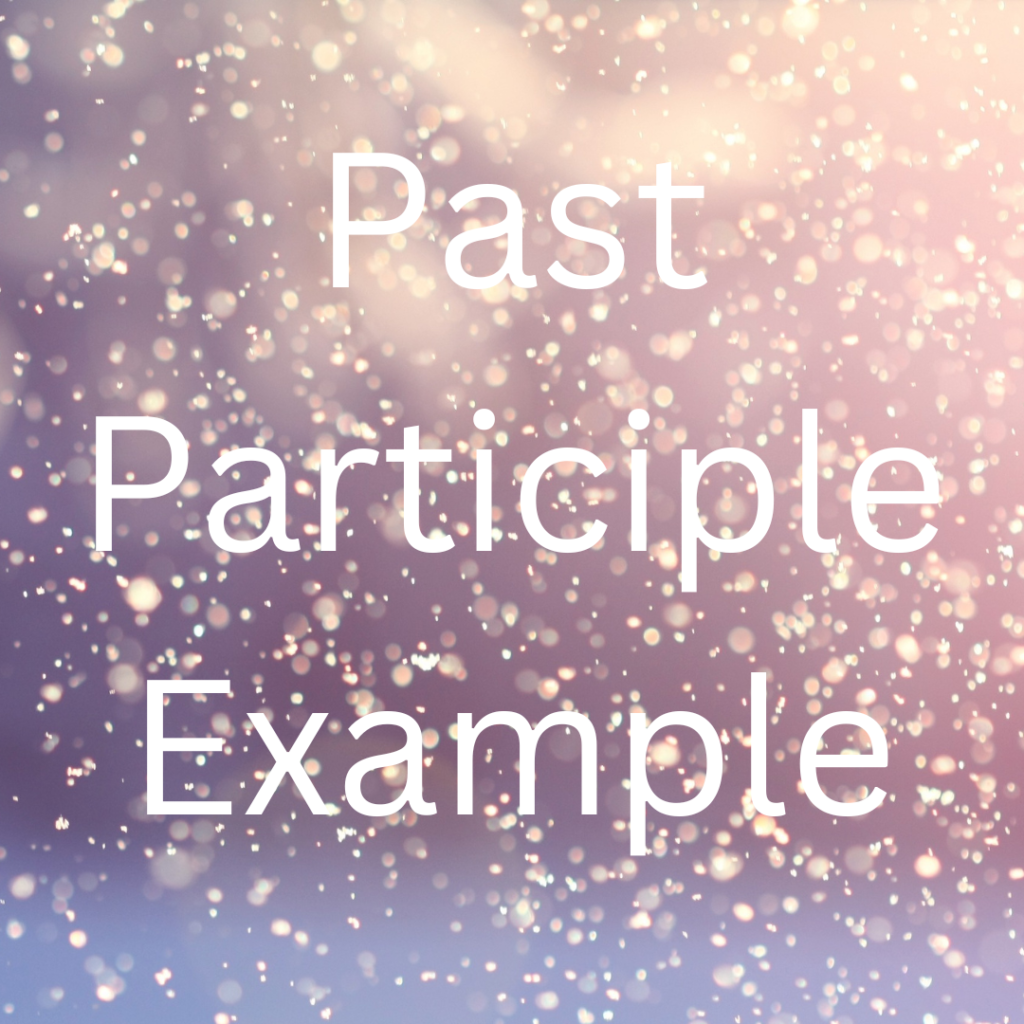



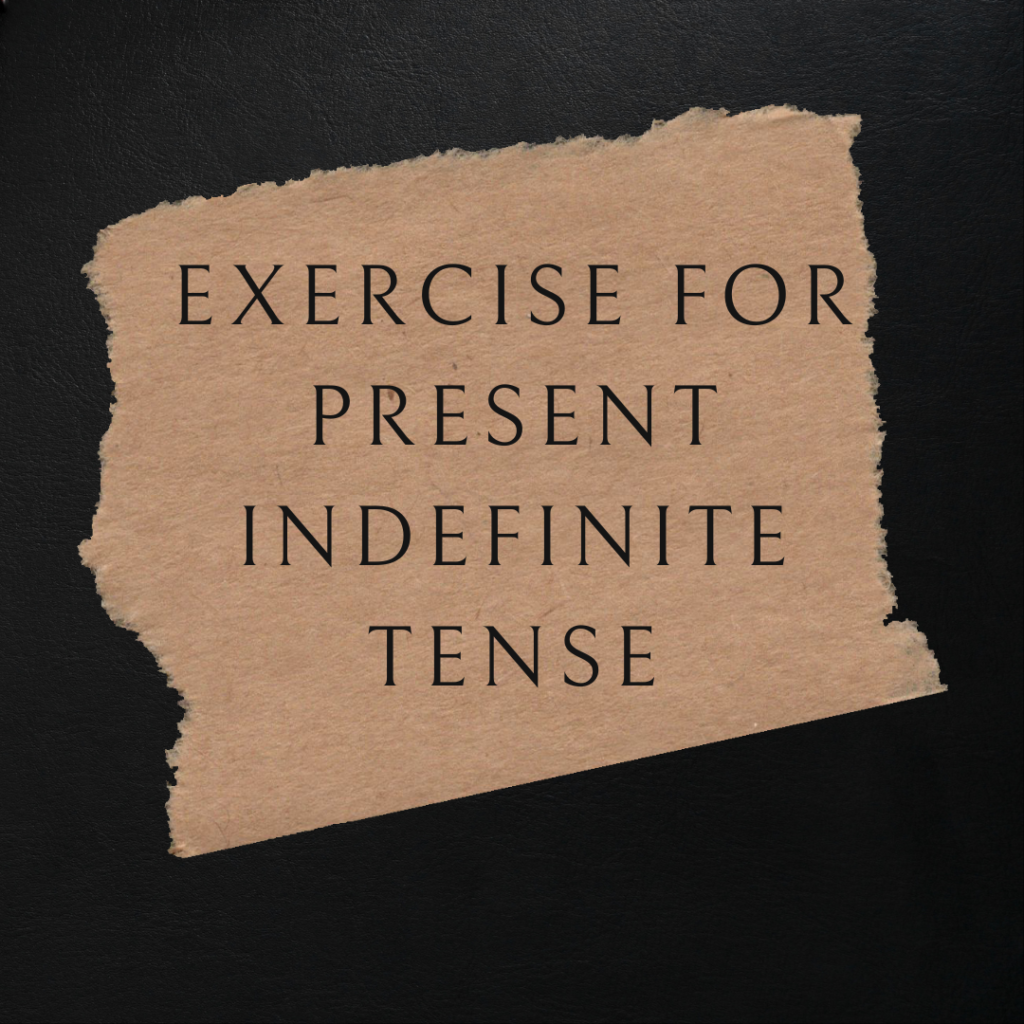
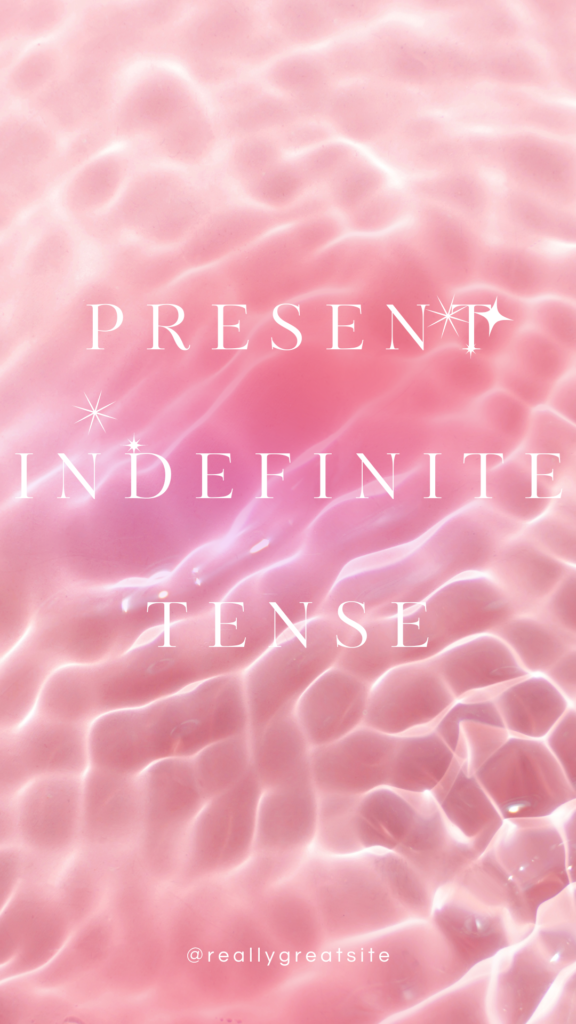




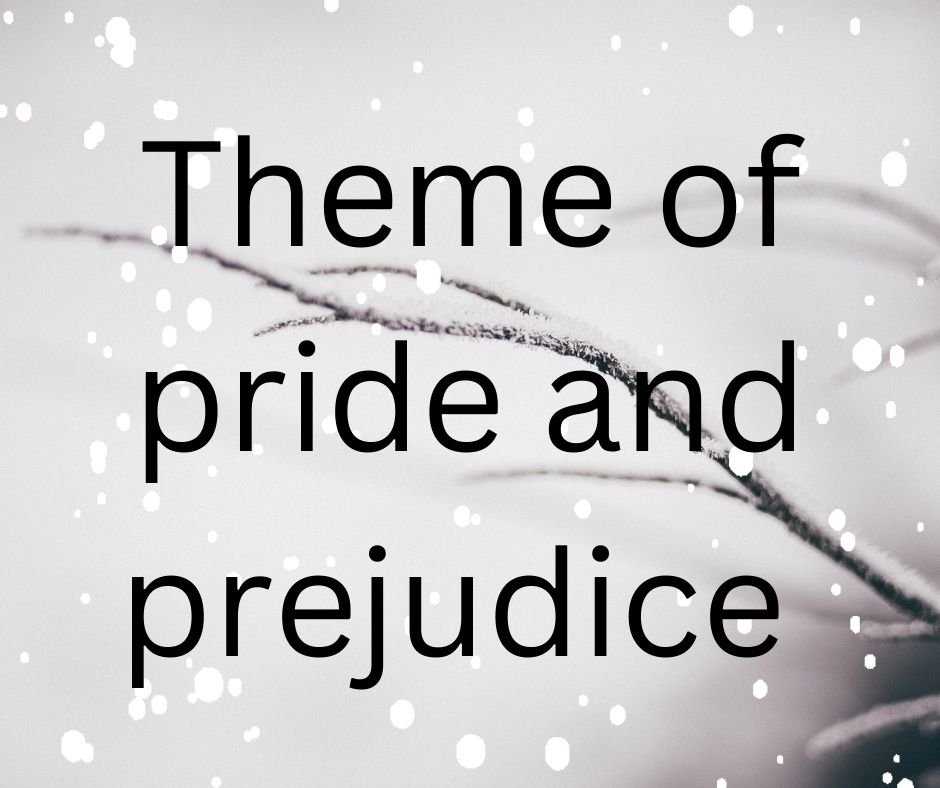



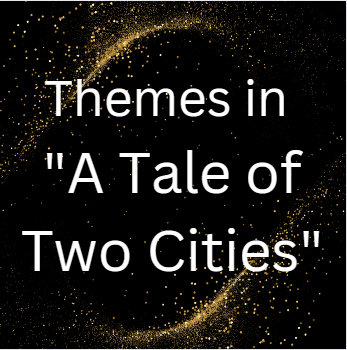


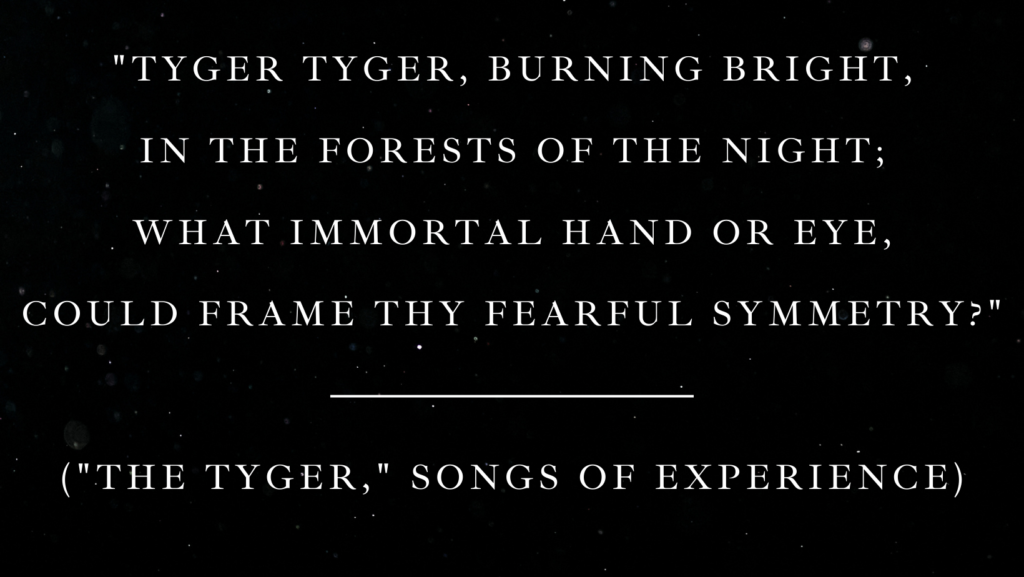
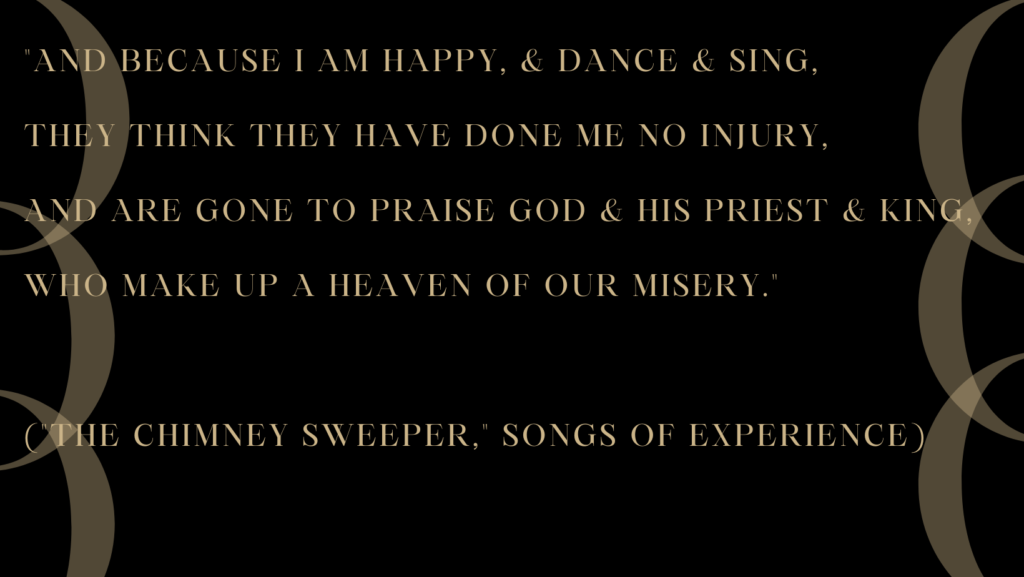


William Blake's Artwork
13th Jan 2024[…] William Blake songs of Innocence and Experience […]
The Chimney Sweeper, by William Blake
15th Jan 2024[…] William Blake songs of Innocence and Experience […]